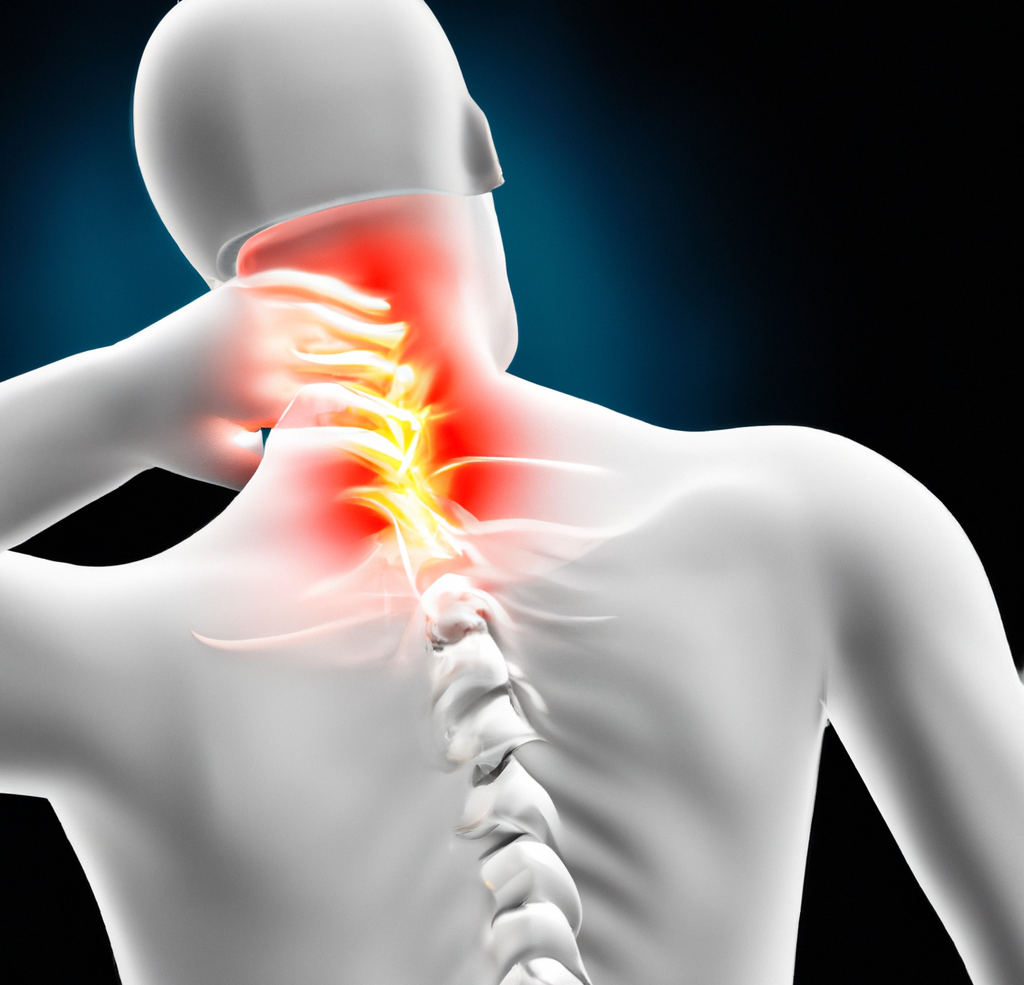You are only partially correct if you think a whiplash injury is a neck injury. Whiplash injuries usually occur when the head and neck move rapidly back and forth. This is commonly seen in motor vehicle accidents, especially rear-end collisions. The muscles in the neck, connecting tissue, and neck structure may undergo significant strain leading to various injuries. The word “whiplash” describes this type of injury because the physics of acceleration and deceleration of the neck is similar to the cracking of a whip.
In addition to the injuries to the neck itself, the brain may also be injured. During the rapid movement of the head and changing direction as the head snaps back and forth, the brain will impact the inside of the skull. This causes a traumatic brain injury.
I am not a medical professional, but I can provide general information on recognizing potential signs of a whiplash injury. However, it’s essential to consult a healthcare professional for a proper diagnosis and medical advice.
Here are some common symptoms of whiplash injury:
- Neck pain and stiffness: Pain and discomfort in the neck, which may worsen with movement.
- Headaches: Persistent headaches, often starting at the base of the skull and radiating to the forehead.
- Restricted range of motion: Difficulty moving your head and neck, with reduced flexibility and pain when turning or tilting your head.
- Muscle spasms: Involuntary muscle contractions in the neck and upper back.
- Shoulder and arm pain: Pain or tingling sensations that extend to the shoulders and arms.
- Back pain: Pain in the upper or lower back, sometimes due to the impact of the injury.
- Dizziness or vertigo: Feeling lightheaded or a spinning sensation.
- Fatigue or difficulty sleeping: Trouble sleeping or feeling more tired than usual.
- Cognitive and memory problems: Difficulty concentrating, memory lapses, or problems with attention.
It’s important to note that symptoms may not always appear immediately after the injury. Symptoms can develop in the hours or days following the traumatic event.
If you suspect you may have a whiplash injury or experience any of the above symptoms after an accident or fall, seeking medical attention promptly is crucial. A healthcare professional can perform a thorough evaluation, conduct imaging tests if necessary, and recommend appropriate treatment options, such as pain management, physical therapy, and neck braces, depending on the severity of the injury. Early diagnosis and intervention can improve the chances of a successful recovery and prevent potential complications.
In addition, a significant number of lawsuits involve whiplash injuries. The damages and compensation for a whiplash injury can be quite large if properly identified. Specialized personal injury lawyers work with doctors to determine the extent of the injury, prognosis, and treatment plans. Not only do they work together to determine the damages in your situation, but they build the case to prove it. Without qualified legal representation, you will not likely receive full compensation for your injury. You are advised to seek proper medical attention immediately and then find a qualified attorney to help get your medical costs and longer-term damages covered.


